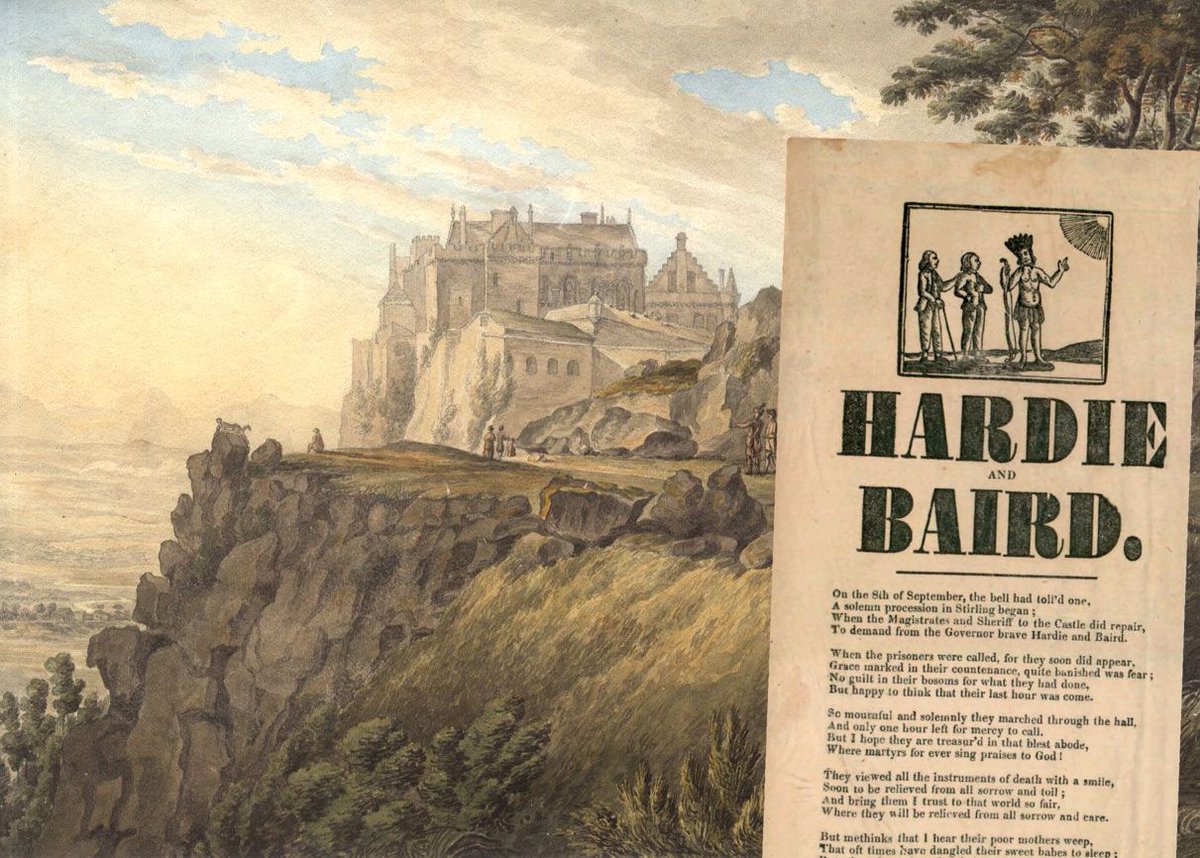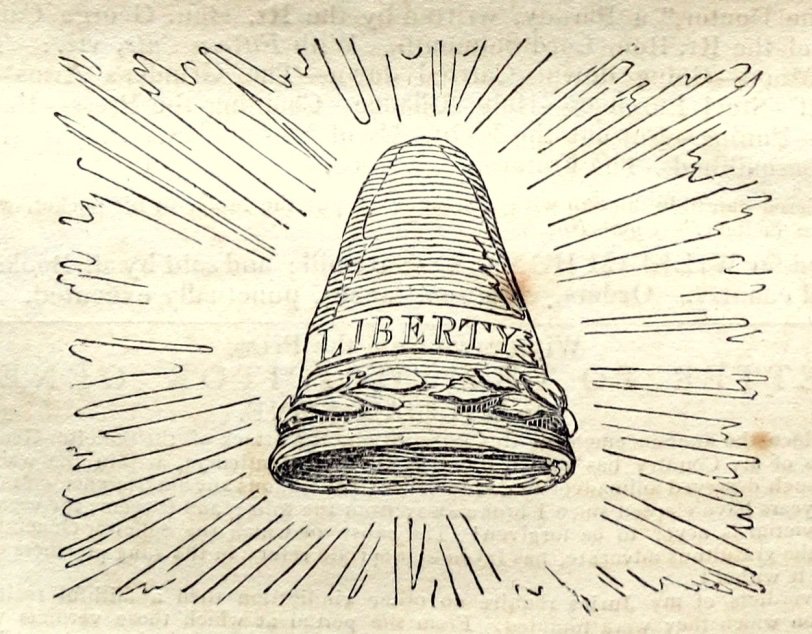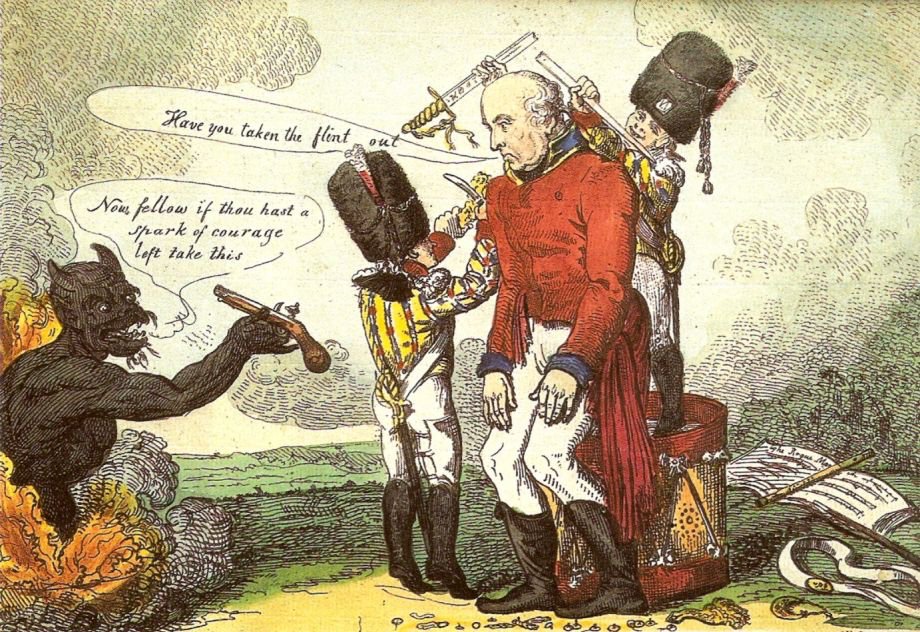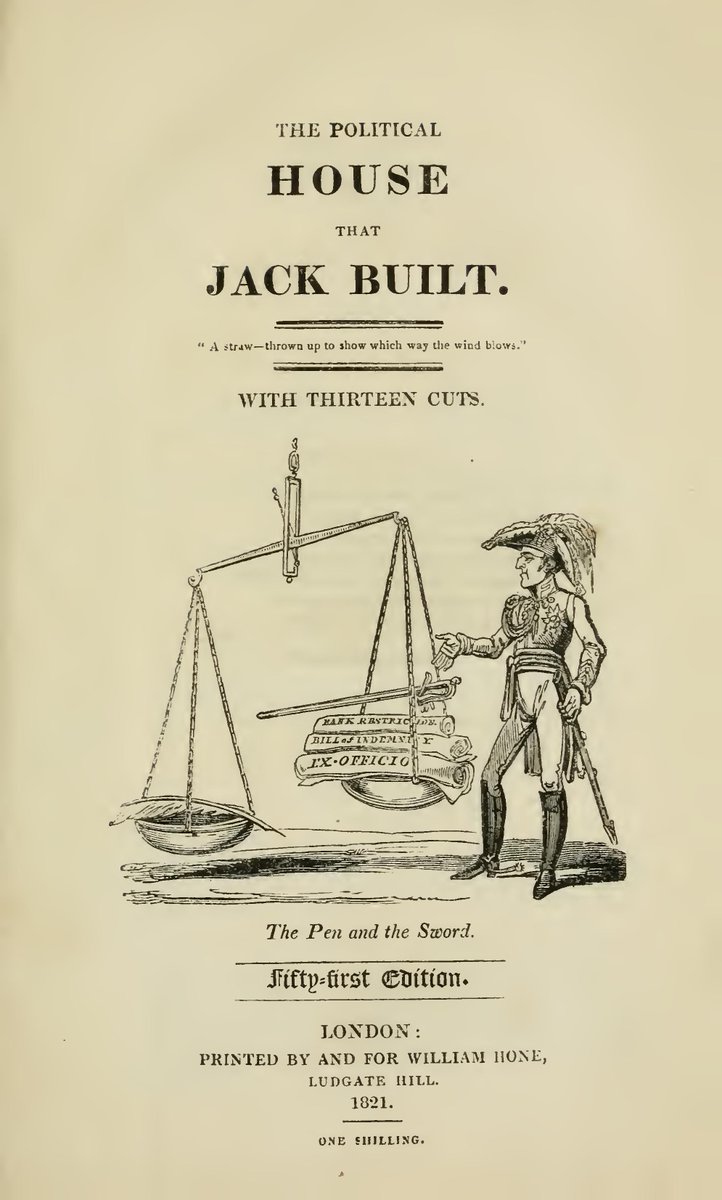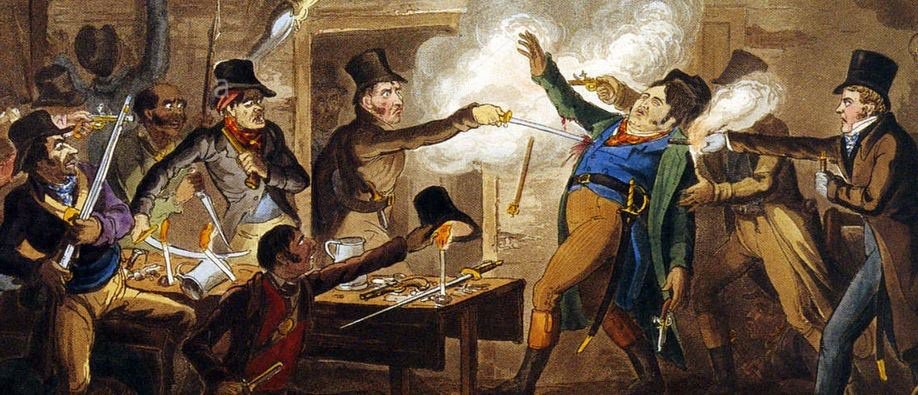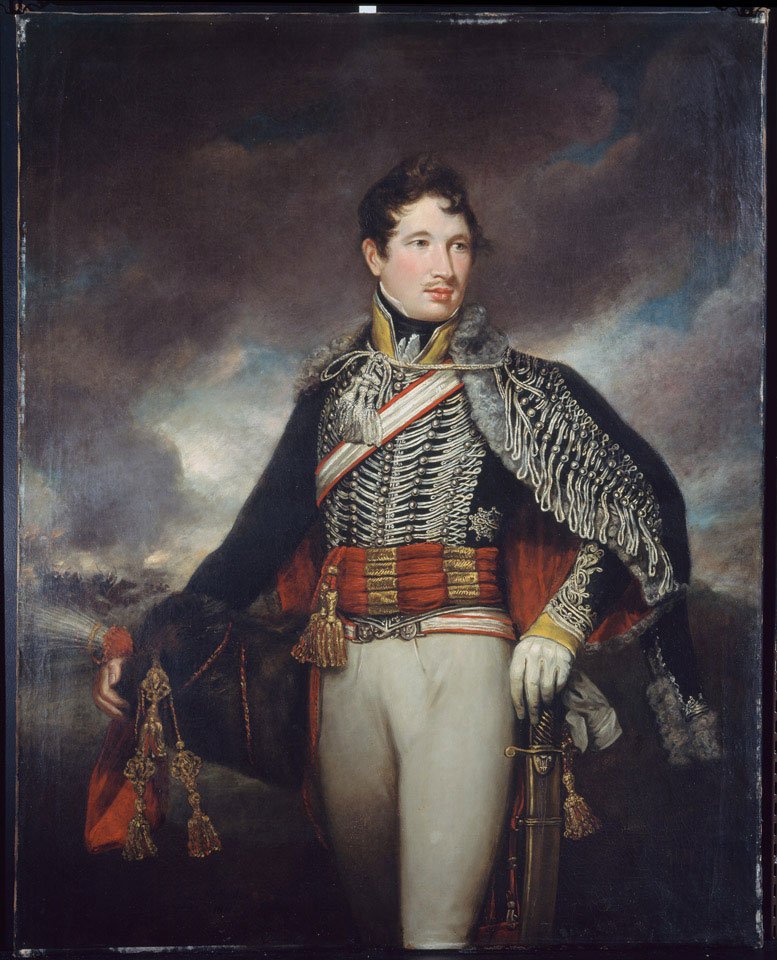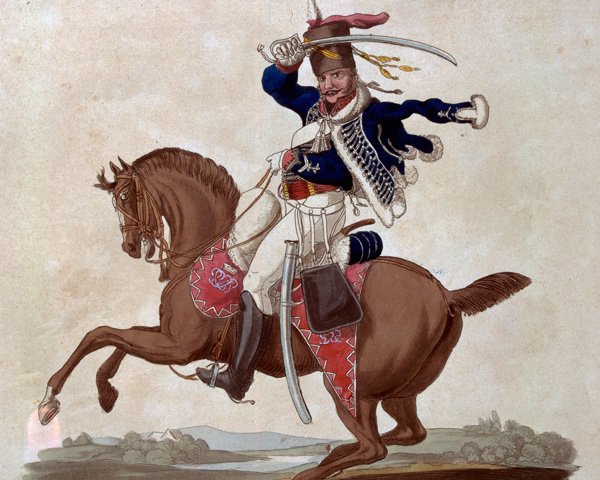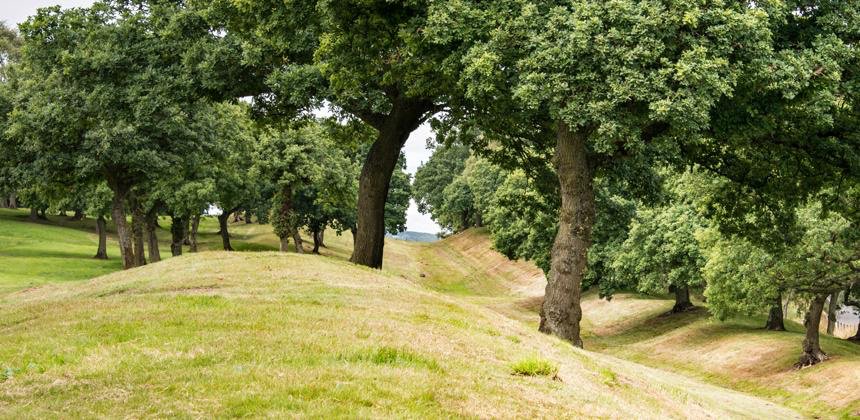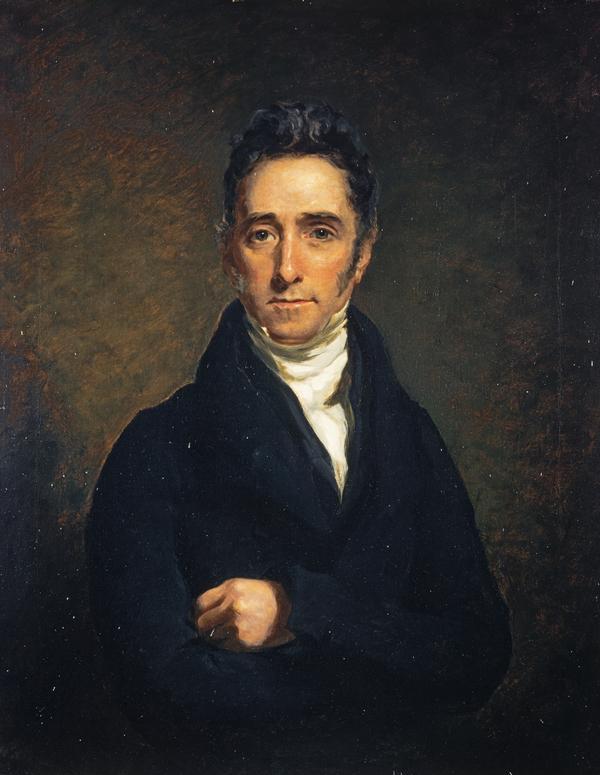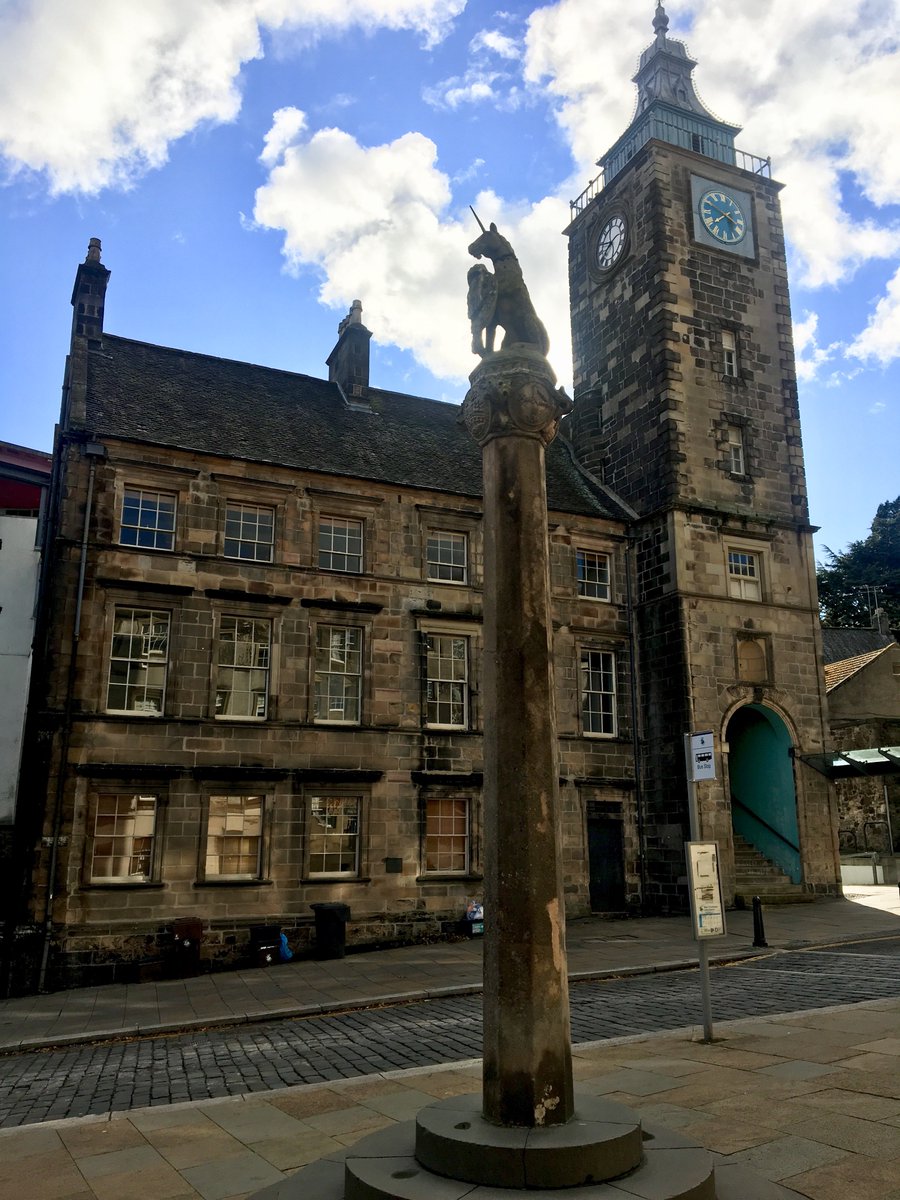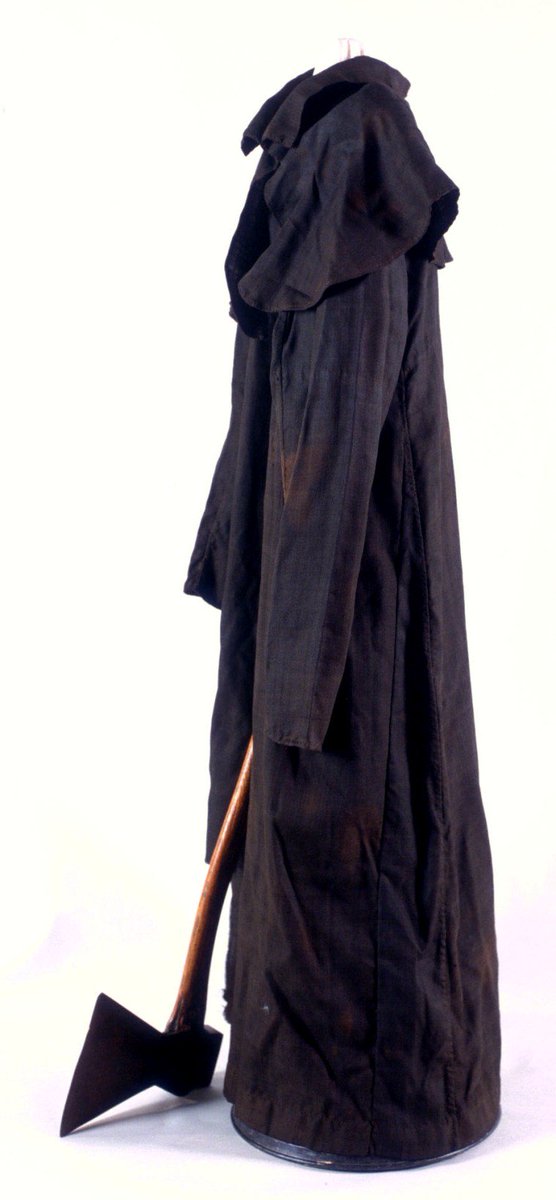#OTD 199 years ago: Unemployment, radicalisation, spies, armed cells, insurrection, and bloody retribution! It’s THE RADICAL WAR 1820! (a thread)
I’m going to explore this little know attempt at “Liberty or Death” through the story of one man, John Baird. First a loyal soldier, then a deserter, a weaver, and finally a rebel. It’s going to be a long thread and spread over a couple of days, hold on to your hats.
Baird joined the 2nd battalion of the 95th Rifles in Glasgow in 1806. Promoted to bugler, he was sent with the battalion in the expeditionary force commanded by General Whitelocke to attack Napoleon& #39;s Spanish allies in Buenos Aires.
The invasion went stupendously wrong. Half of Whitelocke’s force was either killed, wounded or captured. The 2/95th had 50 men killed and 48 wounded. Britain gained nothing, instead driven out of the River Plate area. The press were merciless towards Whitelocke on his return.
Returning with the 95th, Baird was sent to Spain, where he saw action during the Peninsular War under Wellington. He likely fought in the actions at Barossa, Fuentes de Oñoro, Ciudad Rodrigo, Badajoz, and Salamanca. (Pic: Rifleman bottom right)
That’s a lot of combat. It must have taken its toll. In March 1813 Baird returned to Glasgow on leave, where he took the opportunity to dessert. There is no record that the army was able to arrest him. Like many others at this period he simply disappeared.
He simply returned to his family in Condorrat and joined the weaving trade. By this point he was sick of Regency Britain. Unsurprising for a soldier who had endured years of hardship and the death, only to be seen as the “scum of the earth” by his former commander.
He began to devour radical literature, and joined his local circulating library, becoming a radical reformer seeking the universal franchise, annual parliaments, and the repeal of the 1707 Act of Union with England. He would soon become a prominent figure among Scottish Radicals.
After the brutality of #Peterloo, many Scottish Radicals saw armed insurrection as the only way to achieve their ends. Conditions were right as the post-war depression and unemployment created great unrest in the industrial towns of Scotland, particularly among weavers.
Day 2: The story of John Baird and the Radical War resumes with a quick recap, before detailing the events of 4-5 April 1820. @HistoryScotland @Radical_Glasgow @radicaldaily @radicalteatowel
In Glasgow a “Committee for Organising a Provisional Government” had been elected by delegates from local unions (then illegal). The Committee had been training its supporters in central Scotland in military drill and tactics. Baird was chosen to train the volunteers of his town.
The Government were a little paranoid. The Home Secretary, Lord Sidmouth, had sent spies among the Radical leadership across Britain. As a result, the Cato Street Conspirators had been arrested a month earlier. Spies now reported that Radicals were preparing a rising in Scotland.
21 March 1820: the Committee met in a Glasgow tavern. They were ALL arrested. Despite this, a proclamation went out on 1 April, pasted to walls in a 20-mile radius around Glasgow. It called on the people to strike and “to take up ARMS for the redress of our Common Grievances.”
PLOT TWIST! This was almost certainly the work of agent provocateurs. Issued on April Fool& #39;s Day. The Radicals should have known!
Despite this the address was effective: around 50-60,000 workers, mainly weavers from Glasgow and Paisley, went on strike. While the more militant Radicals began to organise for the planned uprising.
On 4 April, John King arrived in Condorrat, and told Baird he had orders from the Committee. Baird was to take his men and join with a larger contingent in an attack on the Carron Iron Works near Falkirk.
Also on the morning of 4 April, sixteen troopers of the 10th Hussars and another sixteen from the Stirlingshire Yeomanry set out from Perth for Carron. (Pic: Lt. Andrew Finucane, 10th Hussars, 1811. Just because that uniform is sweeeeeeet)
Later, Andrew Hardie, another ex-soldier and unemployed weaver, and 60 men marched from Glasgow to Condorrat. Here they linked up with Baird, leading 15 men. They set out for Falkirk. Hardie had also been spurred on by King.
The Carron Iron Works, was the largest single ironworks in Europe, employing 2000 men, and supplying artillery pieces to both the Army and Navy. The plan was to storm the foundry and seize arms.
There was in fact, no large Radical contingent on the way, instead there was a company of the 80th Staffordshire Regiment waiting at the Carron Iron Works. John King was a Government agent.
Through a rainy night, Baird and Hardie led their men as far as Bonnymuir on morning of 5 April. They had between the 40 of them, five muskets, two pistols, and eighteen pikes. They had expected to meet a small army of Radicals. Now they started to discuss whether to turn back.
The decision was taken from them by the arrival of the troop of cavalry from the 10th Hussars and the Stirlingshire Yeomanry. 40 men vs 32 cavalry. Battle commenced! (Pic: Corporal, 10th Hussars, c1812)
Report of Edinburgh Magazine: “On observing this force the radicals cheered and advanced to a wall over which they commenced firing at the military. Some shots were then fired by the soldiers in return, and after some time the cavalry got through an opening in the wall”
Here’s the 1860s OS map of the likely site of the Battle of Bonnymuir, available from @natlibscot. The canal was present in 1820, but not the railway. Other reports suggest the Radicals used a “dyke” as a defence, and that the cavalry turned their flank by going through the wood.
My theory is that exact site is probably around Elf Hill. The dyke in question being the remains of the Antonine Wall. @AntonineWall
As the cavalry charged, the men formed a defensive pike wall. Hardie later wrote, “Baird defended himself in a most gallant manner.” In the chaos of the fight Baird had presented his now empty musket at a Lt. Hodgson “and told him he would do for him if he did not stand off.”
Hodgson fired his pistol in reply but with only a flash in the pan. Baird then hit a sergeant with his musket butt, before stabbing him in the arm with a pike. Another Radical killed Hodgson’s horse with a pike. The Yeomanry inflicted sabre wounds of “a most shocking manner.”
There were casualties on both sides. But eventually the Radicals were scattered and several, including Baird and Hardie, surrendered. The wounded were placed on a cart and the prisoners marched to Stirling Castle.
There, Baird told the commander: “Sir, if there is to be any severity exercised towards us, let it be on me. I am their leader, and have caused them being here. I hope that I alone may suffer.”
The unrest elsewhere in Scotland was over within a week and numerous other Radicals were arrested. 88 in total were charged with High Treason. The trial of the Bonnymuir prisoners began in July at Stirling, with Francis Jeffrey, editor of the Edinburgh Review as defence council.
Despite a celebrity lawyer, Baird and Hardie were convicted, and along with twenty others were sentenced to death. While the rest would have their sentences commuted to transportation, the two leaders would face execution.
Until 1814, being hung, drawn and quartered had remained the punishment for high treason. But the Treason Act had removed the disembowelling. The “enlightened” Regency punishment was instead that the men would face hanging followed by post mortem decapitation.
On 8 Sept 1820 Baird and Hardie were led to a platform erected outside Stirling Tolbooth in front of a large crowd. Before his execution Baird reportedly told the crowd: “What I have hitherto done, and which brought me here, was for the cause of truth and justice.” @Tolbooth
The crowd were evidently sympathetic and there were cheers and some commotion. A full account of the execution can be read from this broadside @natlibscot https://digital.nls.uk/broadsides/view/?id=15293">https://digital.nls.uk/broadside...
Both men were hanged, their bodies cut down after half an hour, and their heads severed and held up with the cry: “This is the head of a traitor!” (Pic: Actual robe and axe used by executioner, now in @SmithMuseum) #horror
With this Baird and Hardie became Radical martyrs. In 1847 their bodies were exhumed from Stirling Castle and placed in Sighthill Cemetery, Glasgow. A memorial was then erected. (Borrowing with thanks from @_PaulHamilton) https://twitter.com/_PaulHamilton/status/1080145588748996608?s=20">https://twitter.com/_PaulHami...
Phew! END. This thread came from years of interest, and recently reading @GordonPentland’s great article on memory and the Radical War. Give it a read: https://doi.org/10.1093/pastj/gtn016">https://doi.org/10.1093/p...

 Read on Twitter
Read on Twitter